As an aficionado of cold climates, I made a recent foray into the alpine and sub-alpine zones of the Colorado Rockies near my home in Aspen.
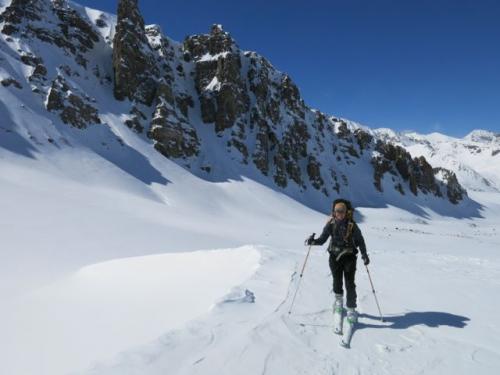
My wife, some friends, and I, spent 3 days ski touring between back-country huts on the Braun Hut System. Along the way I couldn't help but think about my upcoming trip to the Arctic and the North Slope of Alaska. Like Jimmy Buffett, i'll be singing about "Changes in latitude, changes in attitude". I think he meant a tropical latitude, but i'm going polar! Here at home, I can find a similar change in climate and wildlife with a change in altitude. On our ski trip we crossed from the deciduous Aspen forest of the Montane zone (8-10,000 ft), to the Spruce/Fir forest of the Sub-Alpine (10-11,500), and finally to the windswept and treeless Alpine TundraA treeless area between the icecap and the tree line of arctic regions, having a permanently frozen subsoil and supporting low-growing vegetation such as lichens, mosses, and stunted shrubs. (11,500+). Along the way I encountered some of the relatives of animals I hope to see at the Toolik Research Station. For more info visit: http://shelledy.mesa.k12.co.us/staff/computerlab/ColoradoLifeZonesInformation_Elevation_Climate.html
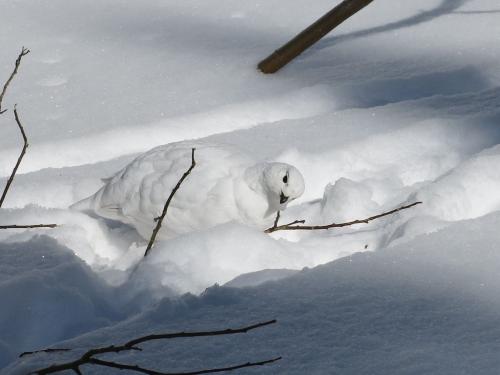
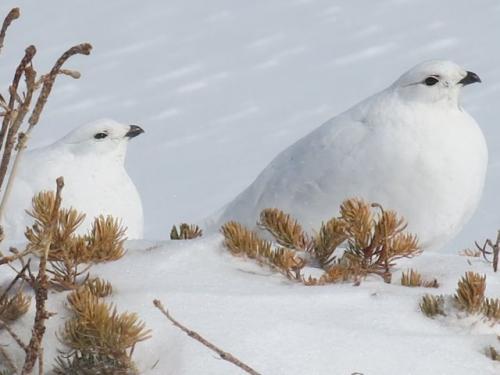
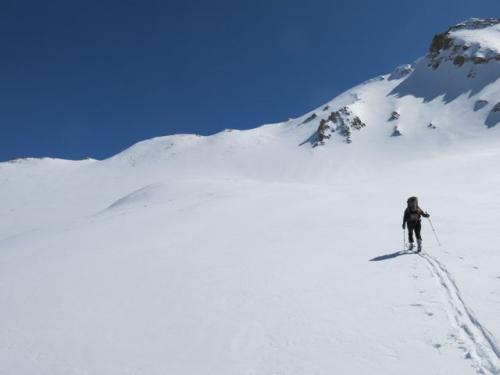
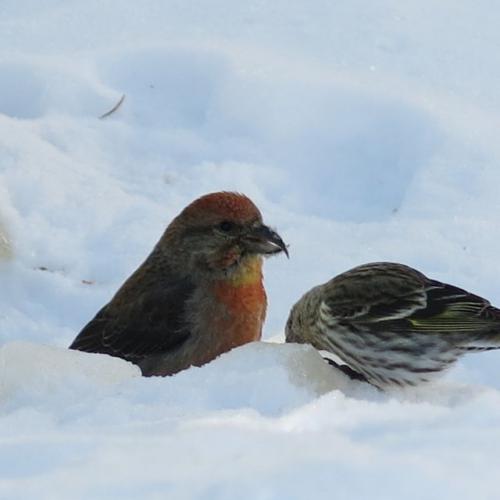


Comments